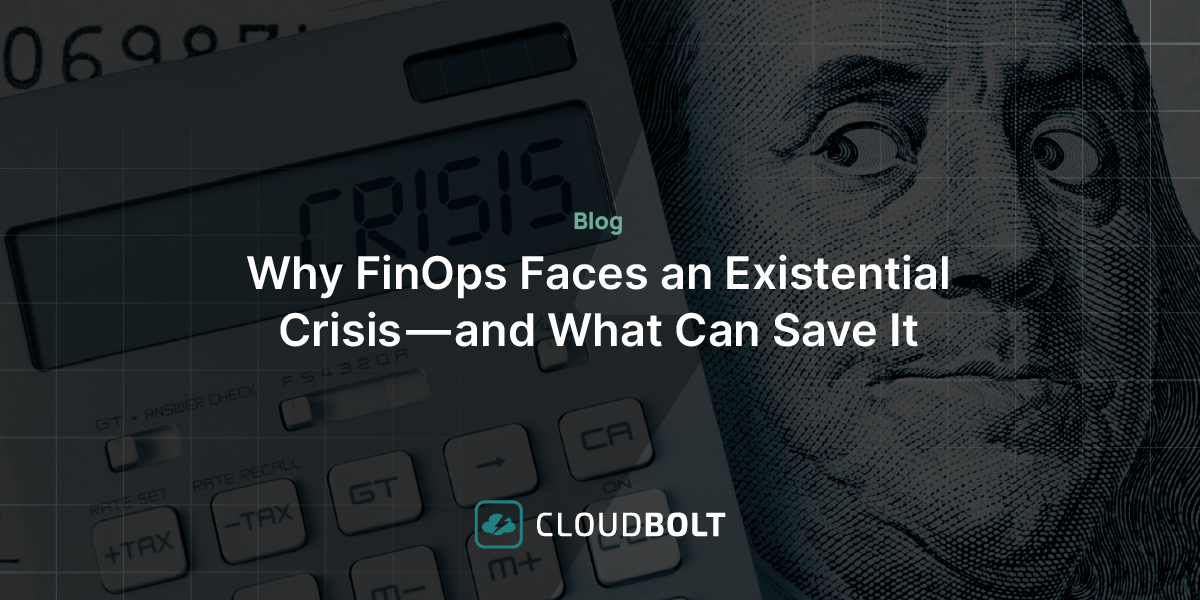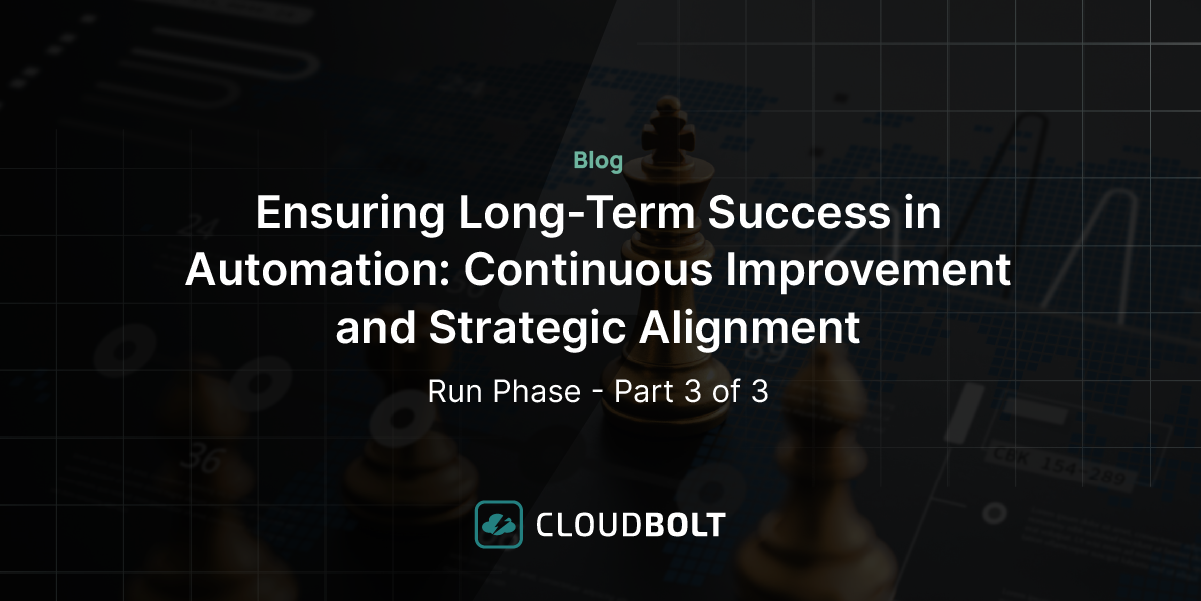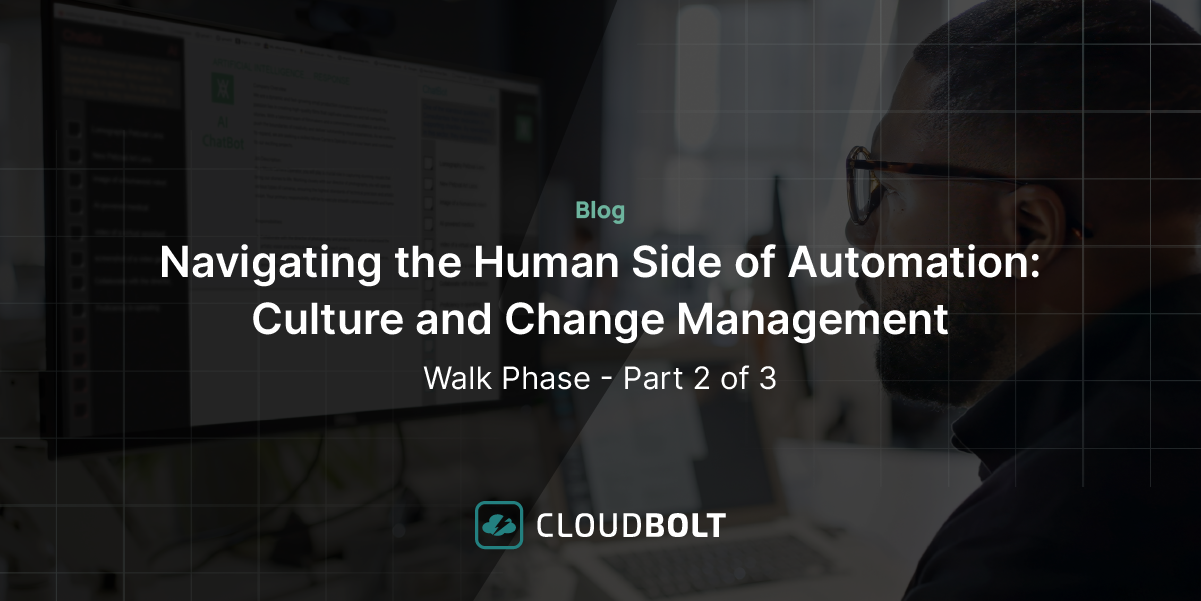Lower Your Cloud Bill with These AWS Cloud Cost Control Tips
Amazon Web Services (AWS) cloud cost control is critical for enterprises looking to rein in their AWS costs. To achieve cost optimization and control, organizations must look deeper and across their cloud portfolios to see where they can save.
Often, organizations make the mistake of focusing too much on the cost of running VMs. When they do this, they miss out on cost optimization opportunities elsewhere. It’s important to consider additional cost drivers, such as containers, networking, and other services.
The Four-Step Cycle of AWS Cloud Cost Control
At a basic level, you can break down the process of controlling AWS costs into four steps:
- Building Asset Awareness
Organizations can build asset awareness through inventory tracking, tagging, and analysis. You should understand what resources you have and their relationships with each other. Also, pay attention to the applications these resources support.
- Collecting Key Metric Data
Set monthly and yearly benchmarks so you can use them to forecast budgetary needs.
- Refreshing Your Knowledge
Make a habit of going over available services, discount programs, and resources. This allows you to keep tabs on new features and developments that might allow you to save on cloud costs.
- Making Data-Driven Purchasing Decisions
This includes right-sizing cloud resources and analyzing current commitments for efficacy and utilization. It also includes upgrading to the most recent instance generations and validating any new commitments.
Key AWS Cost Optimization Areas
AWS EBS Pricing
If you use Elastic Cloud Compute (EC2), then EBS (Elastic Block Store) is your persistent storage during and after instance usage. EBS is scalable and flexible and is perfect for mission-critical applications and systems.
There are different ways to optimize costs for EBS volumes. You can switch volume types, dynamically increase volume, tune performance, and change provisioned IPOS (input/output operations per second) on live production environments.
You can control EBS costs by:
- Choosing the right type of volume
- Creating fresh volumes
- Learning from your metrics
- Managing volumes
- Making the most of burst credits
You can learn more about EBS pricing here.
AWS Data Transfer Pricing
Data transfer costs on AWS can easily get out of hand if not well-managed. There are different data transfer types available on AWS, and it’s a challenge to keep track of the associated costs. Understanding the intricacies of data transfer costs is the first step toward controlling these often confusing costs.
In a nutshell, you can manage data control costs by:
- Understanding your existing data transfer spending.
- Architecting your AWS environment to optimize for data transfers.
- Signing up for the AWS data transfer private pricing program.
You can learn more about data transfer pricing here.
Disaster Recovery Pricing
One of the biggest challenges IT personnel deal with today is preventing disasters occasioned by product loss and business outages. Organizations use the AWS Disaster Recovery Plan to help restore data when disaster strikes.
The pricing of AWS disaster recovery depends on the plan you choose. Some of the plans available include:
- Backup and Restore
- Pilot Light
- Warm Standby
- Multisite solution
The key to controlling disaster recovery costs is to choose a data replication strategy that best suits your business needs. You can learn more about disaster recovery pricing here.
AWS Savings Plan
You can make significant savings by going for an AWS Savings Plan over On-Demand EC2. But you have to commit to using a specified amount of computing power.
AWS gives organizations two types of savings plans:
- Compute savings plans – These can save you up to 66 percent.
- EC2 Instance savings plans – These plans provide savings of up to 72 percent.
Savings plans should be a part of your AWS cloud cost control strategy if you’re looking to make significant savings. Learn more about AWS savings plans here.
Related Blogs

Why FinOps Faces an Existential Crisis—and What Can Save It
As a technology leader of twenty-five years, I have worked on many solutions across a variety of sectors. These solutions…

